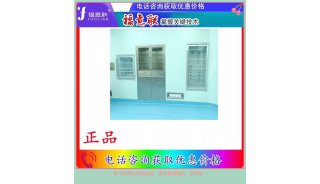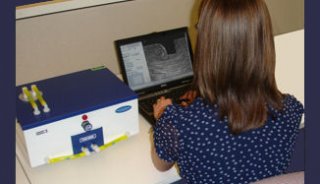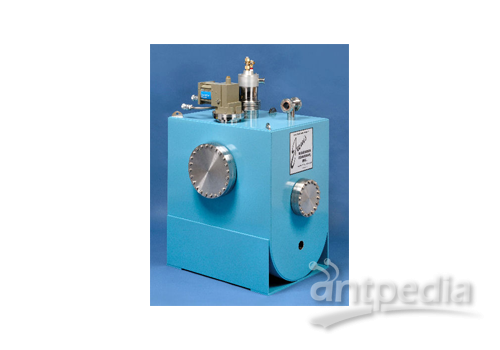Asepsis and Aseptic Practices in the Operating Room
Preventing surgical site infection in the operating room is the primary goal of the surgical team, and all activities performed by the team support this goal. Some of these activities include patient risk assessment, environmental cleaning, disinfection and sterilization of instrumentation, patient antibiotic prophylaxis, and the use of standard precautions. However, operating room activities pertaining to asepsis and aseptic practices have the greatest direct impact upon the surgical team in helping to reduce the patient's risk to surgical site infection.
The goal of asepsis is to prevent the contamination of the open surgical wound by isolating the operative site from the surrounding nonsterile environment.1 The surgical team accomplishes this by creating and maintaining the sterile field and by following aseptic principles aimed at preventing microorganisms from contaminating the surgical wound.3
The standards and recommended practices, developed by the Association of periOperative Registered Nurses (AORN), are guidelines to be used by the surgical team to achieve the optimal level of technical and aseptic practice when caring for their patients in the perioperative setting.3 These guidelines are not to be considered policies. They should be used by institutions to provide direction and information on perioperative practice as they incorporate them into their own policies and procedures.
The principles of aseptic technique play a vital role in accomplishing the goal of asepsis in the operating room environment. It is the responsibility of each surgical staff member to understand the meaning of these principles and to incorporate them into their everyday practice. The principles of aseptic technique include the following principles.
Principle #1
Scrubbed persons function within a sterile field.2
The surgical team is made up of sterile and nonsterile members. Sterile members or "scrubbed" personnel work directly in the surgical field while the nonsterile members work in the periphery of the sterile surgical field. All surgical team members wear scrub attire. In addition to scrub attire, scrubbed persons must wear a sterile surgical gown, mask, and gloves within the sterile field to establish bacterial barriers.2,4 These barriers protect the patient from the transmission of microorganisms from the surgical team.
Once the scrubbed person dons the sterile surgical gown, the gown's sterility is limited to the gown portions directly viewed by the scrubbed person. These sterile areas include the gown front, from chest to the sterile field level, and the sleeves from two inches above the elbow to the cuff.2,4 The scrubbed personnel always perform a surgical hand scrub prior to donning their sterile surgical gown and gloves.
Principle #2
Sterile drapes are used to create a sterile field.2,5
Sterile surgical drapes establish an aseptic barrier minimizing the passage of microorganisms from nonsterile to sterile areas.2 Sterile drapes should be placed on the patient, furniture, and equipment to be included in the sterile field, leaving only the incisional site exposed.5 During the draping process, only scrubbed personnel should handle sterile drapes. The drapes should be held higher than the operating room bed with the patient draped from the prepped incisional site out to the periphery.2 Once the sterile drape is positioned, it should not be moved or rearranged.5 Keep in mind that after the patient and operating room tables are draped, only the top surface of the draped area is considered sterile.1
Principle #3
All items used within a sterile field must be sterile.2,4
Under no circumstances should sterile and nonsterile items/areas be mixed since one contaminates the other.4 Sterilization provides the highest level of assurance that all instruments, sutures, fluids, supplies, and drapes are void of microorganisms.2 The sterility of a package is determined by events, not by time. To ensure sterility, all sterile items need to be inspected for package integrity and sterilization process indicators, such as indicator tape and internal chemical indicators, prior to introduction onto the sterile field.2 If a package has been compromised, it should be considered contaminated and not be used.5
Fluid or air can contaminate a sterile package. When fluid penetrates a sterile package, fluid strikethrough occurs. The fluid creates a vehicle in which migration of microorganisms reach the sterile item. When a sterile packaged item is dropped on the floor, air penetrates the sterile package. The force that is created when the package contacts the floor can cause the sterile barrier to be penetrated by forcing sterile air out and allowing contaminated air and particles into the package.1,3




















